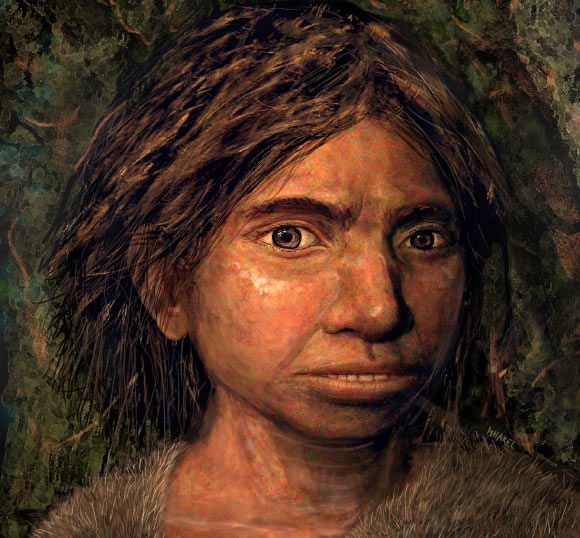New research from Sweden shows that the Ayta Magbukon people in the Philippines have the highest percentage of inherited DNA from the extinct Denisovans in the world.
The study, led by Uppsala University (Sweden), reveals that the Philippines is a remarkable land where many ancient human species lived long before Homo sapiens, our ancestors, appeared.
The diversity of hominin species in this region has led to numerous interbreeding events, including those between newly arrived Homo sapiens and various long-established human species, including the “brother” Denisovans.

Denisovans – (Photo: Sci-News)
“Interactions with Neanderthals, Denisovans, and other ancient hominin species have left an indelible genetic mark in the genomes of today’s populations” – states a report from the Sci-News quoting the research team.
The Australopapuans, referring to the population residing in the Australian and South Asian regions before the complete separation of the two continents, are believed to carry the most Denisovan genetic material.
In this new study, Dr. Maximilan Larena and colleagues from Uppsala University established the demographic history of the Philippines by conducting a comprehensive investigation of the ancient ancestry of 1,107 individuals from 118 different ethnic groups in the country.
According to the Daily Mail, the results show that the Ayta Magbukon people, residing in the Batan Peninsula of the Philippines, possess the highest Denisovan DNA, with about 5% in their genome, surpassing other groups with significant Denisovan ancestry in Papuans and Australia by approximately 30-40%.
This discovery further underscores the complex evolutionary history of the hominin genus. Previous studies have indicated that most interbreeding events have beneficial outcomes for future offspring; for example, Northern Europeans, with 2% Neanderthal ancestry, experience a reduced risk of certain infectious diseases and better reproductive success compared to “pure” Homo sapiens.



















































